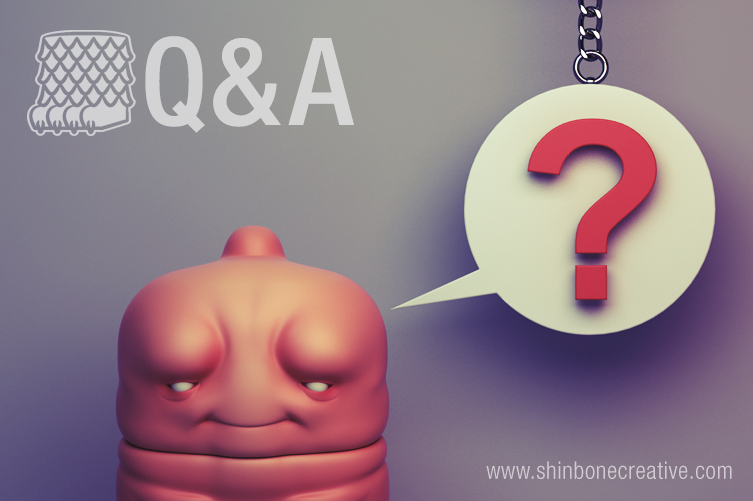There are different rapid-prototyping technologies that print using a variety of processes and materials. The resolution, or the smallest possible detail, is dependent on the specific printer that is being used for generating the physical model.
To try and give you some idea of how to play it safe when working on your 3d model, here are examples of what might work and what might not work for rapid-prototyping. Imagine a sculpt of a character about 6 inches tall. Wrinkles on her shirt will print, woven fiber texture will not. Fingers will print, fingernails will not. Creases on her surprised expression across her forehead will print, fine skin texture will not. Hair clumps will print, individual hairs will not.
When sculpting, consider the size that you wish to print your model at. Every once in a while, while working, zoom out until your model is about the right size on the screen and check to see what detail needs to be exaggerated to read properly.
If you’d like to make your own line of toys, we’d love to help you get the ball rolling.
It’s easy, just contact us by clicking this link.

